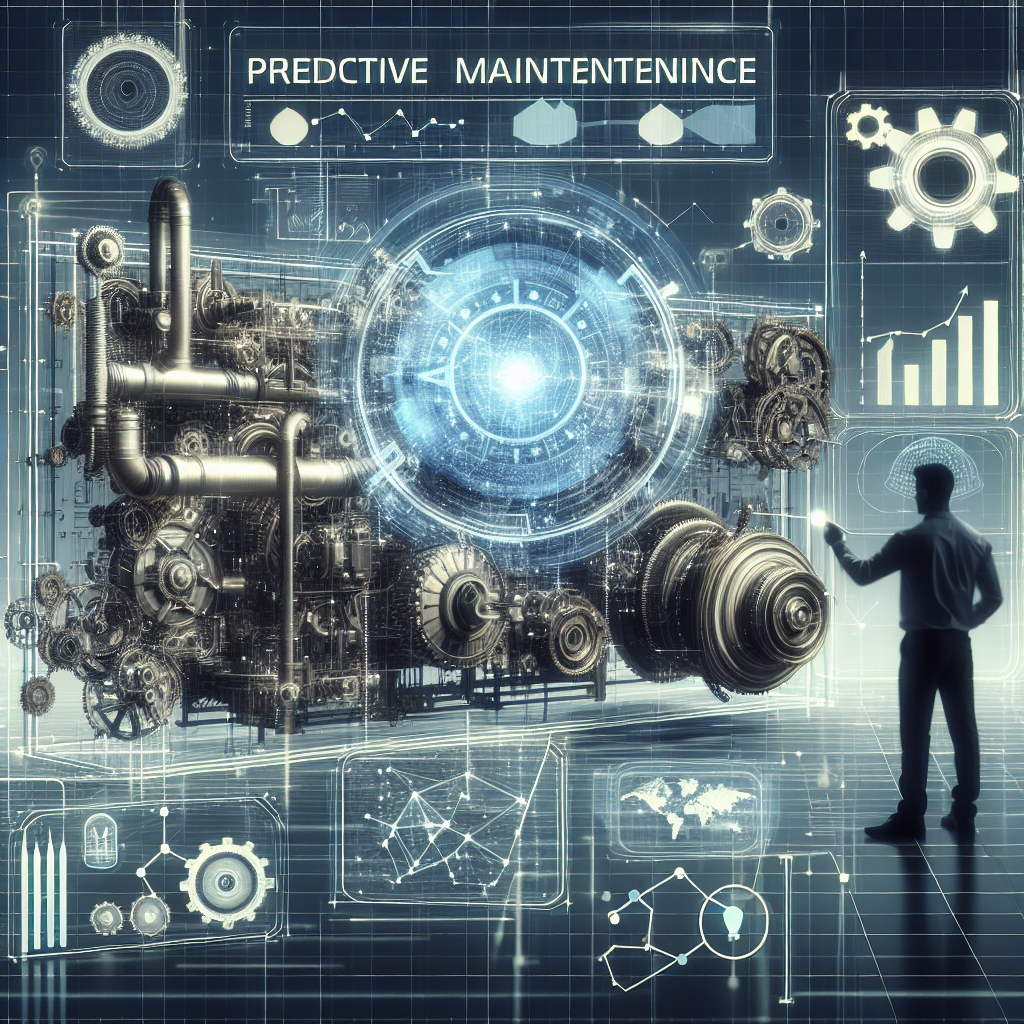In recent years, Artificial Intelligence (AI) has been revolutionizing various industries, including the maintenance and manufacturing sectors. One of the key areas where AI is making a significant impact is in predictive maintenance. Predictive maintenance is the practice of using data and analytics to predict when equipment is likely to fail, so that maintenance can be performed just in time to prevent costly downtime. AI technologies, such as machine learning and deep learning, are helping to make predictive maintenance more accurate and efficient than ever before.
The Role of AI in Predictive Maintenance
AI technologies are playing a crucial role in predictive maintenance by analyzing vast amounts of data collected from sensors and other monitoring devices. These technologies can detect patterns and anomalies in the data that may indicate potential equipment failures. By predicting when equipment is likely to fail, maintenance can be scheduled proactively, reducing downtime and saving money.
One of the key benefits of using AI in predictive maintenance is its ability to analyze data in real-time. Traditional maintenance practices often rely on scheduled inspections or manual monitoring, which can be time-consuming and prone to human error. AI can continuously monitor equipment and alert maintenance teams to potential issues before they escalate, allowing for timely intervention.
AI also enables predictive maintenance to be more accurate and tailored to each specific piece of equipment. By analyzing historical data and learning from past failures, AI algorithms can predict when a particular machine is likely to fail based on its unique operating conditions. This personalized approach to maintenance helps to optimize the use of resources and minimize unnecessary maintenance activities.
Furthermore, AI technologies can also help to optimize maintenance schedules by prioritizing tasks based on the criticality of the equipment. By analyzing the impact of potential failures on production and safety, AI can help maintenance teams to focus their efforts on the most critical assets, ensuring that the most important equipment is always in peak condition.
Another key advantage of using AI in predictive maintenance is its ability to adapt and improve over time. As more data is collected and analyzed, AI algorithms can learn from past experiences and become more accurate in predicting equipment failures. This continuous learning process helps to enhance the reliability and efficiency of predictive maintenance programs, leading to better outcomes for organizations.
FAQs:
Q: How does AI predict equipment failures?
A: AI technologies, such as machine learning and deep learning, analyze data collected from sensors and monitoring devices to detect patterns and anomalies that may indicate potential equipment failures. By learning from past failures and historical data, AI algorithms can predict when equipment is likely to fail based on its unique operating conditions.
Q: How accurate is AI in predicting equipment failures?
A: The accuracy of AI in predicting equipment failures depends on the quality and quantity of data available for analysis. In general, AI technologies can achieve high levels of accuracy in predicting failures, especially when trained on large datasets and continuously learning from new data.
Q: Can AI be used in all types of equipment for predictive maintenance?
A: AI can be used in a wide range of equipment types, including machinery, vehicles, and industrial systems. However, the effectiveness of AI in predicting failures may vary depending on the complexity of the equipment and the availability of data for analysis. In general, AI can be applied to most types of equipment for predictive maintenance with the right data and algorithms.
Q: How does AI optimize maintenance schedules?
A: AI optimizes maintenance schedules by prioritizing tasks based on the criticality of the equipment. By analyzing the impact of potential failures on production and safety, AI helps maintenance teams to focus their efforts on the most critical assets, ensuring that the most important equipment is always in peak condition.
Q: What are the benefits of using AI in predictive maintenance?
A: Some of the key benefits of using AI in predictive maintenance include improved accuracy in predicting equipment failures, real-time monitoring of equipment, personalized maintenance plans, optimized maintenance schedules, and continuous learning and improvement over time. AI helps organizations to reduce downtime, minimize maintenance costs, and enhance the reliability of their equipment.
In conclusion, AI technologies are playing a vital role in predictive maintenance by revolutionizing the way organizations monitor and maintain their equipment. By analyzing vast amounts of data and detecting patterns and anomalies, AI algorithms can predict when equipment is likely to fail and schedule maintenance proactively. The use of AI in predictive maintenance offers numerous benefits, including improved accuracy, real-time monitoring, personalized maintenance plans, optimized schedules, and continuous learning and improvement. As AI continues to advance, its impact on predictive maintenance is expected to grow, leading to even greater efficiencies and cost savings for organizations across various industries.

